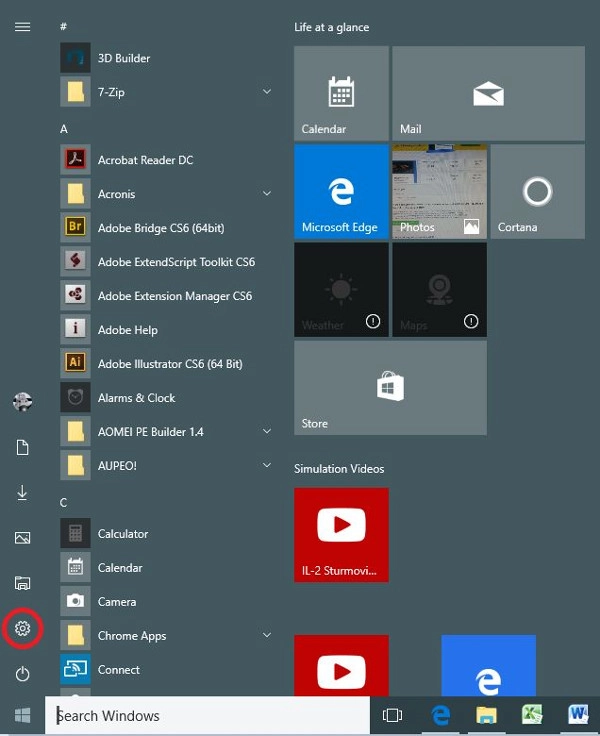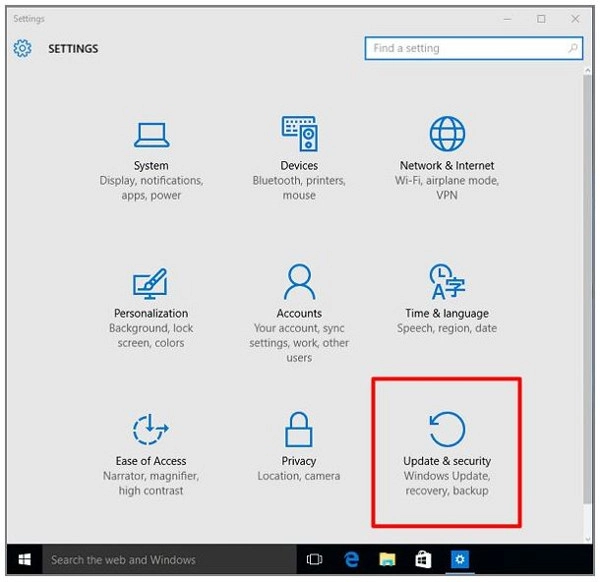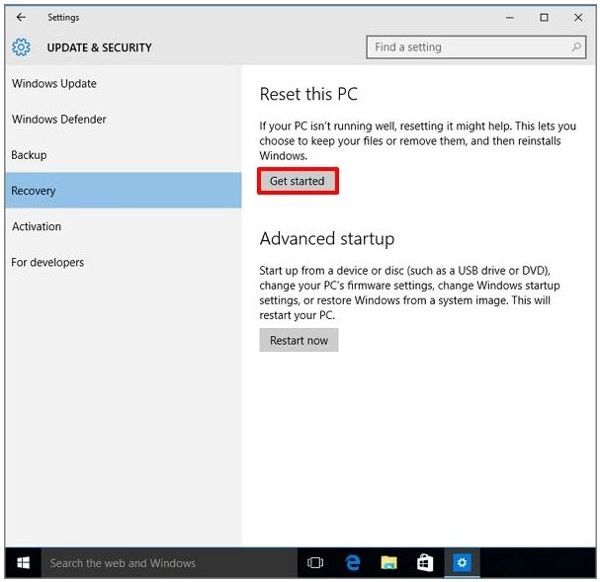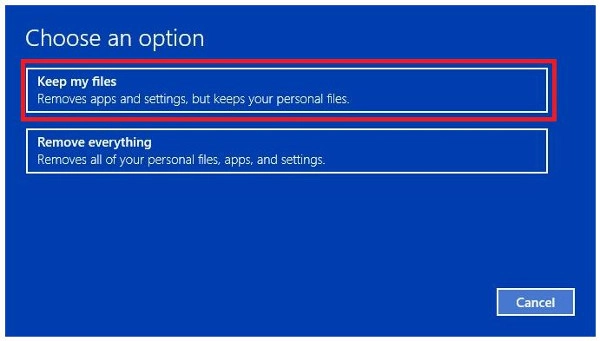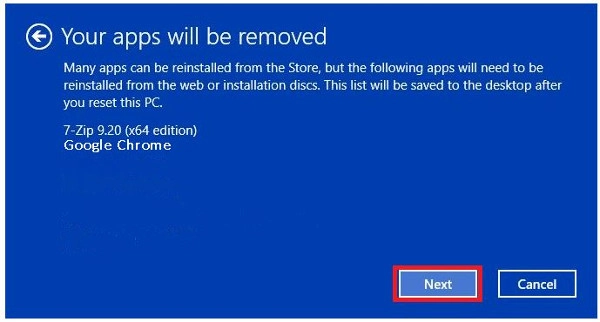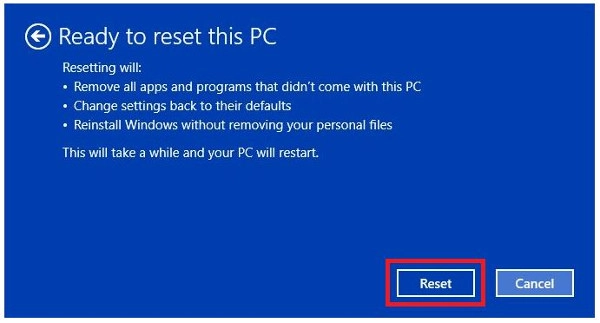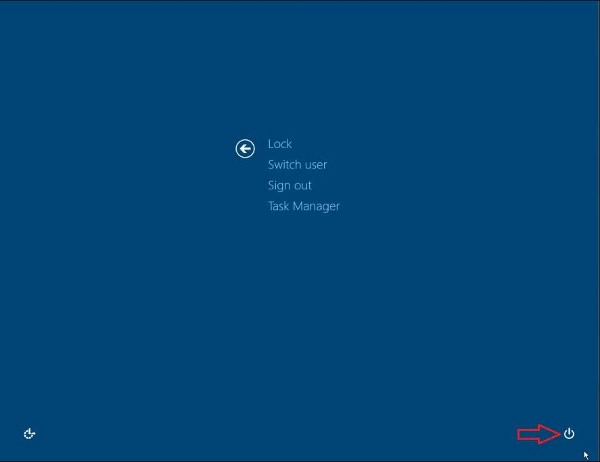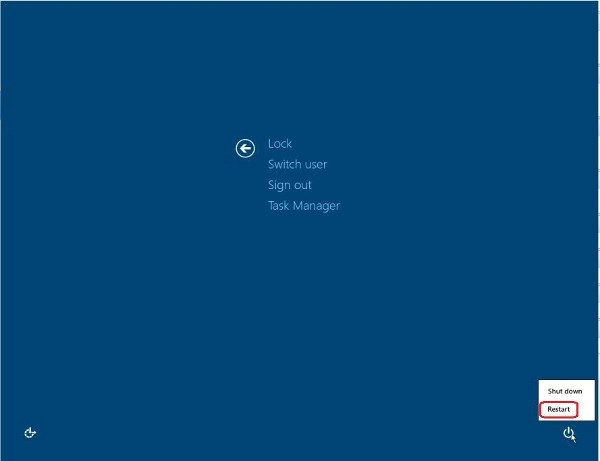Windows 10 is by far the best Windows operating system ever released by Microsoft. It is fast, elegant, and filled with great features. The operating system works well even on older computers with less memory and processing power.
Still, sometimes, Windows 10 can have some issues. Maybe you accidentally downloaded some spyware that has infected your computer’s browser. Perhaps the system has become sluggish and unresponsive all of a sudden.
Don’t panic. There is an easy way to reset Windows 10 without losing all your data. This method is a reasonably simple way to refresh Windows 10 without having to start entirely from scratch.
Important: When you reset Windows 10, you are in effect doing a reinstall of the Windows 10 operating system. Your files will remain intact, but you will have to reinstall your programs and Windows Store apps.
Resetting Windows 10 is not overly complicated, but you want to be sure you have backed up your files and that you have a working Internet connection.
Don’t attempt to reset the system if you need to use your computer immediately – it will take some time. And please be aware that with any significant adjustment to the system comes with risk.
10 Easy Steps to Reset Windows 10
Here are the steps to reset Windows 10:
1. Backup your files. (Crucial step)
Yes, even though this process is designed to keep your data intact, it is still a good idea to back them up to another location other than your computer. You might consider using a cloud backup location like Dropbox or Microsoft’s OneDrive.
Once your files are backed up, the next steps are relatively simple.
2. Click the Windows “Start” button.
3. Select “Settings,” which is represented by a little gearbox icon.
4. Click on “Update & security.”
Subtitled, “Windows Update, recovery, backup,” this option is represented by two arrows making up a circle.
5. On the left, click on “Recovery.”
If you can’t find it, you can also type “recovery” into the search box.
6. Under “Reset this PC” click on the grey “Get started” box.
A box will come up with two options. Be careful with your next selection:
7. Click on “Keep my files (Removes apps and settings, but keeps your files.)”
If you accidentally click on “Remove everything,” hit the Cancel button in the lower right-hand corner of the box.
There have been times when a corrupt third-party app has been the reason Windows 10 stop working correctly.
8. Select “Next” (twice).
Clicking “Next” allows you to confirm that you will keep your files but need to reinstall all your applications.
9. Hit “Reset.”
There’s no turning back now. Once you’ve selected the reset button, the process will start. Wait for a moment as it will take some time.
10. Reinstall Your Apps
Windows will generate a list of apps removed and place it on the desktop. You can use the file as a reminder.
Reset Windows 10 Using Windows Recovery Environment mode
If the “Reset” function doesn’t work in the operating system, then use the Windows Recovery Environment mode. Follow these steps:
Log out of Windows or press Ctrl+Alt+Del keys.
Press and hold down the Shift key.
Click on the Power icon button on the bottom right of your screen.
Select Restart and continue to hold down the Shift key until the “Choose an option” screen shows up.
Click Troubleshoot.
Select “Reset this PC.”
Windows Reset Functions are Not Fool-Proof
Most of the time, a Windows 10 reset will work flawlessly. On occasion, however, you might have a problem.
If the above procedure has failed or you weren’t able to boot up after a reset, we can help.
Contact us today, and we can rescue your Windows 10 desktop or laptop quickly and safely.




